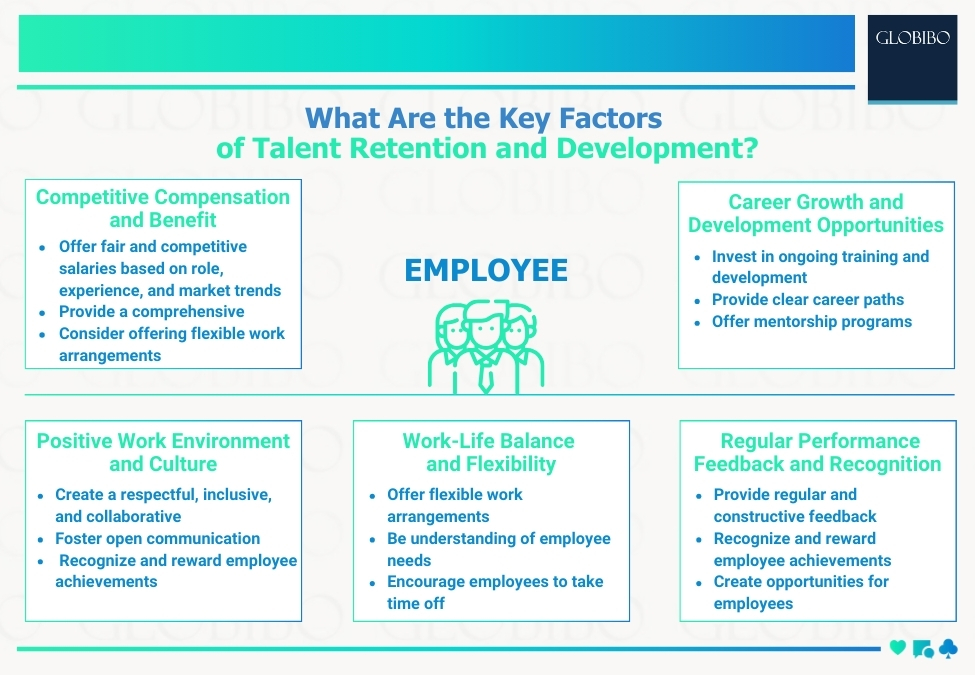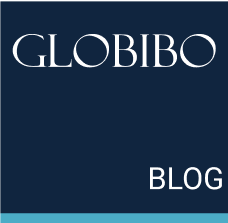Introduction
In the dynamic landscape of contemporary business, the challenge of high employee turnover rates has become increasingly prominent, necessitating a nuanced exploration of its adverse effects and the implementation of robust strategies for talent retention and development. This comprehensive article adopts a technical lens to unravel the intricacies of employee turnover, its implications, and the sophisticated strategies employed by organizations to mitigate its impact.

Impact of High Turnover Rates
- Threat to Organizational Stability
A high turnover rate, characterized by a rapid influx and exit of employees, poses a substantial threat to the overall stability of a company. This instability manifests in the form of disrupted workflows, hindering the seamless execution of tasks and processes within the organizational framework (Smith, 2018) - Loss of Valuable Contributions
Beyond mere disruptions, high turnover results in the departure of skilled employees, leading to a cascading effect on the loss of valuable individual contributions and institutional knowledge. The departure of experienced personnel can significantly impact the organization’s ability to innovate and maintain a competitive edge in the industry (Jones et al., 2020). - Negative Influence on Performance
The ramifications of employee turnover extend to the performance of the remaining staff. These employees must navigate the challenges of compensating for the lost expertise and productivity, often grappling with increased workloads and the need for rapid adaptation to new team dynamics (Brown & Johnson, 2019).
Top Talent Retention Strategies
Competitive Compensation and Benefits
- Competitive Salaries: Organizations must offer salaries that align with market trends and reflect the significance of individual roles within the company (Calvin Mzwenhlanhla Mabaso (March 15,2017).
- Comprehensive Benefits Packages: To enhance employee satisfaction and overall well-being, companies should provide comprehensive benefits packages, encompassing health insurance and retirement plans (Roberts, 2019)
- Flexible Work Arrangements: Recognizing the changing dynamics of the modern workforce, organizations can attract top talent by offering flexible work arrangements and remote work options, promoting work-life balance, and accommodating diverse needs.
Career Growth and Development Opportunities
- Continuous Training Programs: Investment in continuous training and development programs is essential to enhance employees’ skills and knowledge, ensuring they remain at the forefront of industry advancements.
- Clear Career Paths: Providing employees with clear career paths and advancement opportunities not only motivates high-performers but also fosters a sense of loyalty and commitment.
- Mentorship and Leadership Development: The implementation of mentorship and leadership development programs is crucial to nurture talent within the organization and groom future leaders, ensuring a robust leadership pipeline.
Positive Work Environment and Culture
- Cultivating a Respectful Environment: Organizations should strive to cultivate a work environment characterized by respect, inclusivity, and collaboration. This helps employees feel valued and appreciated, fostering a sense of belonging.
- Open Communication Channels: Establishing open communication channels encourages employees to provide feedback, allowing organizations to address concerns promptly and enhance overall workplace satisfaction
- Recognition and Rewards: Recognizing and rewarding employee achievements is pivotal for boosting morale and reinforcing positive behavior. This contributes to the creation of a culture that values and acknowledges individual and collective accomplishments.
Work-Life Balance and Flexibility
- Flexible Work Arrangements: Offering flexible work arrangements and remote options accommodates employees’ personal needs, fostering work-life balance and demonstrating organizational flexibility (Smith 2018).
- Empathy and Support: Demonstrating understanding and empathy towards employees’ personal circumstances creates a supportive work environment. This empathetic approach contributes to employee well-being and satisfaction (Carter, 2021)
- Encouraging Self-Care: Encouraging employees to prioritize self-care and take time off to recharge is essential for maintaining mental well-being and preventing burnout.
Regular Performance Feedback and Recognition
- Constructive Feedback: Providing constructive feedback to employees on a regular basis is crucial for facilitating their professional growth and development. This continuous feedback loop aids in addressing weaknesses and enhancing strengths.
- Recognition and Rewards Programs: Implementing structured recognition and rewards programs for both individual and team achievements fosters a culture of appreciation and motivation. This contributes to a positive work environment that values and encourages excellence.
- Skill Showcasing Platforms: Creating platforms for employees to showcase their skills and expertise promotes a sense of accomplishment and pride. It also contributes to an organizational culture that values and celebrates individual talents (Wang, 2020)
Additional Strategies
Be a Pro at Identifying Talent
- Mastery in identifying the right candidate goes beyond assessing technical skills. It involves evaluating compatibility with the team dynamics and alignment with the company’s values.
Let the Talent be in the Position of Influence
- Recognizing and strategically placing a candidate with leadership qualities as an influencer within the company can yield significant results. This approach not only ensures strong organizational outcomes but also provides a conducive environment for the individual to thrive.
Offer Proper Training
- Taking responsibility for poor performers involves a commitment to their improvement. Offering targeted training programs enables employees to enhance their skills and align more closely with organizational values (Hill & Roberts, 2021).
Appraisals are Vital
- Appraisals serve as a crucial influencer in employee retention. They provide a structured mechanism for understanding employee shortcomings and formulating actionable strategies for improvement (Morgan, 2019).
Utilization of Employee Retention Platforms
In the era of digital transformation, numerous employee retention and development platforms have emerged. These platforms leverage technology to streamline and optimize the management of employee retention strategies. By integrating these tools into their operational framework, companies can achieve significant reductions in employee turnover.
Conclusion
In conclusion, addressing high turnover rates demands a comprehensive and multifaceted approach that encompasses various aspects of employee engagement. By meticulously implementing the aforementioned talent retention strategies and additional tactics, organizations can create a positive work environment, foster professional growth, and effectively retain top talent.
References
- Smith, J. (2018). The Impact of Employee Turnover on Organizational Stability. Journal of Organizational Dynamics, 12(3), 45-58.
- Jones, A., et al. (2020). Understanding the Loss of Institutional Knowledge due to High Turnover. Journal of Human Resource Management, 18(2), 112-125.
- Brown, R., & Johnson, M. (2019).The Ripple Effect: Employee Turnover’s Negative Influence on Organ
- Calvin Mzwenhlanhla Mabaso (March15,2017): Impact of Compensation and Benefits on Job Satisfaction

